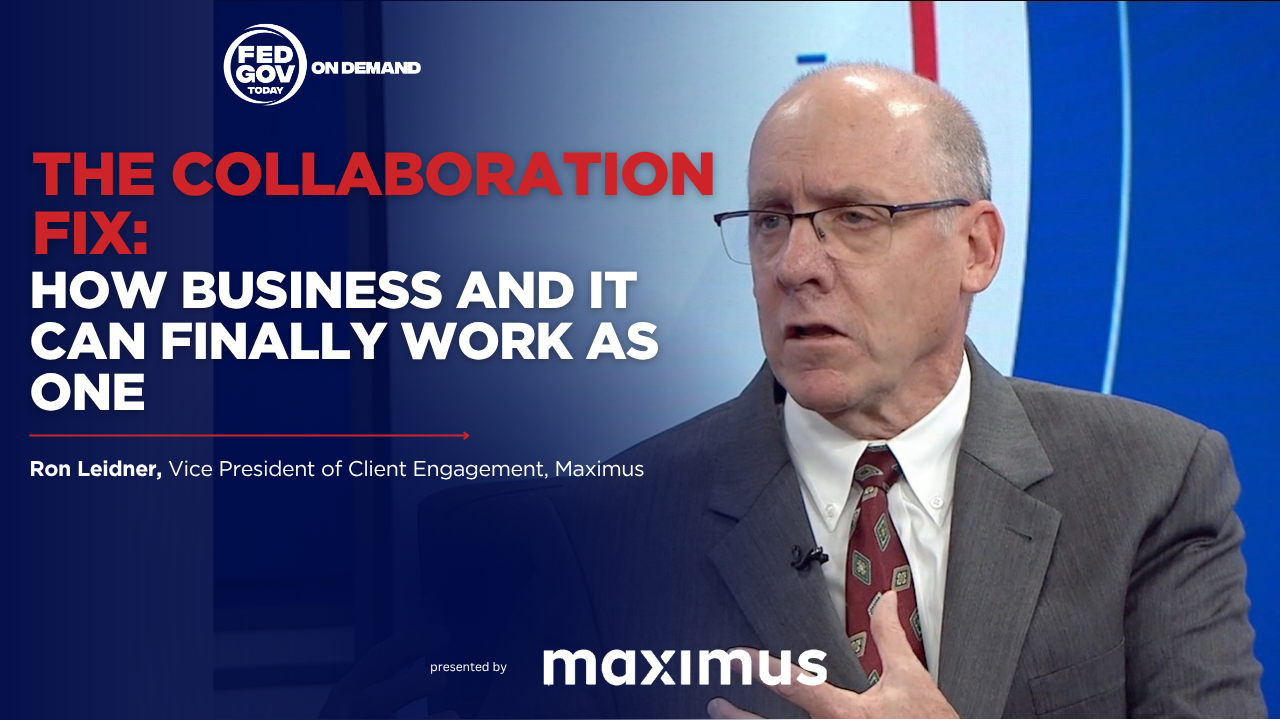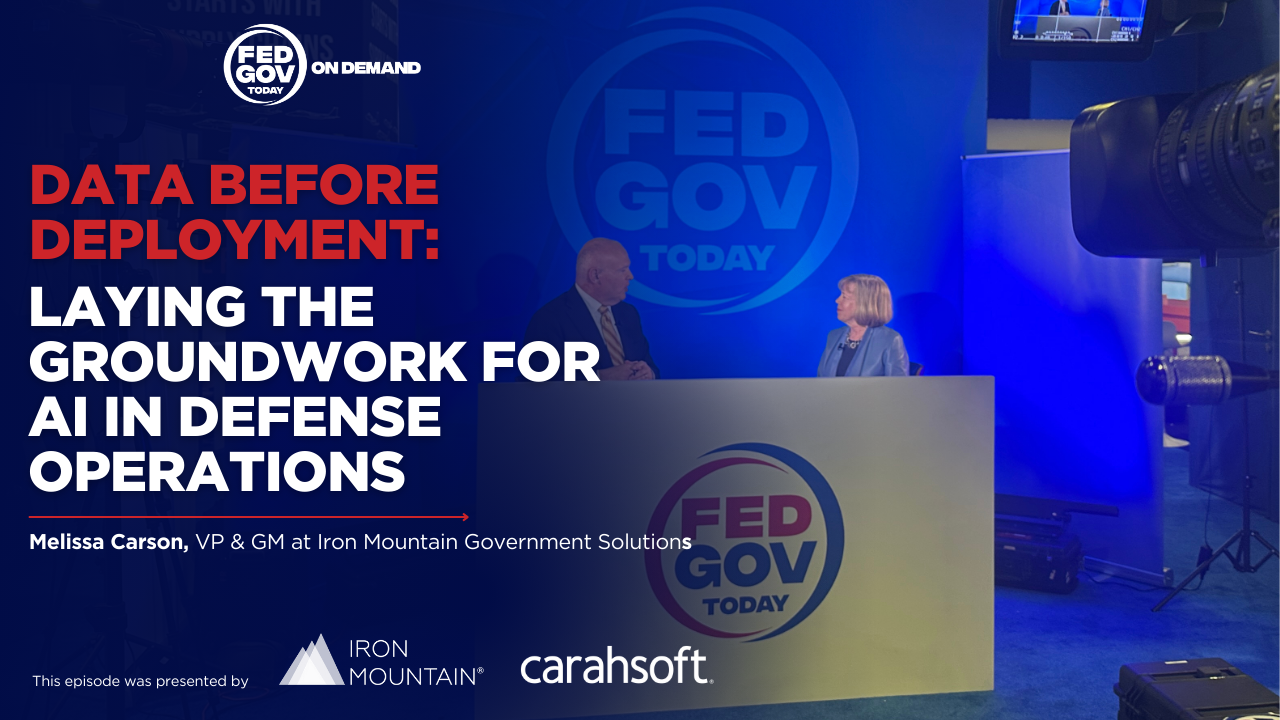On this episode of Fed Gov Today with Francis Rose, Lauren Knausenberger, Executive Vice President and Chief Innovation Officer at SAIC and former Chief Information Officer of the U.S. Air Force, joins Francis to explore one of the most pressing questions in government technology: how do agencies integrate artificial intelligence effectively and responsibly?
With more than 1,700 AI use cases already identified across the federal government, integration is no longer theoretical—it’s operational. But as Lauren points out, the real challenge isn’t just adopting AI; it’s making sure it works in harmony with existing systems, people, and missions.
Integrating AI Is Different from Traditional IT
Lauren begins by explaining that while AI integration shares similarities with traditional IT rollouts—such as software installation, data management, and user adoption—it adds several new layers of complexity.
Government agencies operate with a blend of modern systems and decades-old legacy equipment, some of which still function well but don’t always connect seamlessly with newer technologies. “Getting everything to talk,” Lauren says, “is a challenge across the board.” The success of AI depends on making these systems communicate effectively while identifying which data and workflows are most critical to the mission.
Unlike conventional IT applications, AI models are constantly evolving. Data changes, models improve, and priorities shift, requiring continuous monitoring and retraining. Lauren emphasizes that agencies must stay vigilant—not only to keep models accurate and relevant but also to guard against cyber risks such as data poisoning, where compromised data can distort outcomes.
She also notes that traceability is even more crucial in AI systems. Leaders must understand how algorithms reach conclusions, maintain transparency in AI decision-making, and ensure the right human oversight. “You have to know how the algorithm got to the answer it’s giving you,” she says.
Adopt AI for the Right Reasons
Lauren warns against adopting AI “for the sake of AI.” The technology should be a tool for solving real, mission-driven problems—not a buzzword to chase. She urges federal leaders to start by identifying their biggest operational bottlenecks, data gaps, and inefficiencies, then determine whether AI can truly help.
“In general, when you’re solving problems, you should be laser-focused on what’s most important,” she explains. “Start there and figure out the best way to solve it—whether it involves AI or not.”
That doesn’t mean AI won’t often play a role. Many federal challenges involve manual processes and distributed data, where automation and machine learning can dramatically reduce the cognitive and administrative burden on employees. When used strategically, AI frees people from repetitive tasks, allowing them to make faster, smarter decisions with a “human-AI partnership” that complements both strengths.
Tools That Empower People
Lauren highlights several tools already helping agencies harness AI effectively, including ChatGPT, Copilot, and Power BI.
Large language models like ChatGPT are transforming how people interact with information. In headquarters environments—especially within government organizations that rely heavily on knowledge sharing—these tools can serve as AI-powered assistants. If trained correctly, they can recall and contextualize answers instantly, saving countless hours spent searching through documents or repeating prior work.
assistants. If trained correctly, they can recall and contextualize answers instantly, saving countless hours spent searching through documents or repeating prior work.
Similarly, tools like Microsoft’s Copilot can serve as coding and workflow partners, reviewing code, writing test scripts, and suggesting improvements. Power BI and similar platforms empower non-technical employees to visualize and analyze data without waiting on IT departments.
“The goal,” Lauren says, “is to empower your workforce. Let people get rid of the things they don’t want to do—the things that a machine should be doing for them—and focus on higher-level work.”
The Enterprise Case for AI
Lauren also points to a broader opportunity: enterprise AI tooling. Instead of isolated pilots, agencies can develop shared frameworks and governance for AI use. For instance, large language models can help with knowledge management, while other models can specialize in tasks like interpreting imagery or filtering sensor data.
Different AI models serve different purposes—some interact naturally with humans, while others excel at analyzing sensor streams or detecting anomalies. The key, Lauren explains, is to orchestrate them effectively and align their outputs to mission needs.
She gives the example of border security as a complex challenge that benefits from AI integration. Multiple systems, sensors, and data streams converge across vast geographic areas. “You have a really long border, disparate sensors from different companies, and officers each watching their part,” she says. If agencies can integrate these old and new systems and layer AI analytics on top, they can route information more efficiently, reduce errors, and get the right data to the right people at the right time.
Human Judgment Remains Essential
Despite the sophistication of today’s technology, Lauren insists that human insight remains at the center of AI success. “AI can help reduce the cognitive burden,” she says, “but humans bring operational context.” Trust, transparency, and collaboration are essential—AI must enhance decision-making, not replace it.
Her vision for the future of AI in government is both practical and optimistic: a federal workforce empowered by intelligent tools, supported by sound governance, and focused on solving problems that matter most.



